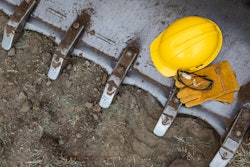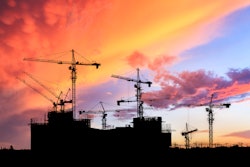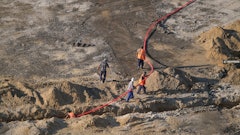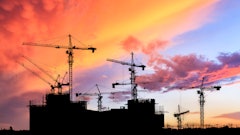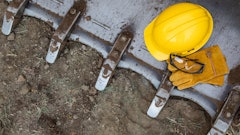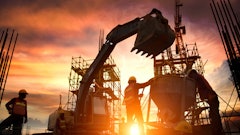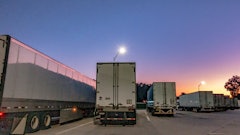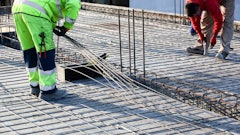
To assess emerging trends and both current and future concerns of the construction industry, the Equipment Today (ET) team team spoke with experts throughout the industry. In our conversation below, Zack Fritz, Economist, Associated Builders and Contractors (ABC), offers insights into today's challenges and tomorrow's opportunities.
ET: What are the most critical construction industry challenges affecting contractors in 2025?
Fritz: The construction industry will face several headwinds in 2025, including still-elevated materials costs, labor shortages focused in certain occupational categories, the lag effects of high interest rates and a weak residential sector. There is also a high degree of policy uncertainty, which may push back the timeline on certain projects and potentially keep rates higher for longer.
ET: What challenges most affected the construction landscape in 2024?
Fritz: High interest rates battered several nonresidential construction subsegments, including those that boomed in 2022 and 2023 like warehouse, restaurant and certain retail construction segments. Despite those declines in certain categories, the unprecedented surge in manufacturing projects kept labor markets tight in certain geographies, and overall construction activity elevated.
ET: What are your predictions for the construction landscape in 2025?
Fritz: Most contractors have been exceedingly busy post-pandemic, sustaining healthy backlog and navigating America's massive skilled construction worker shortages. In 2025, disparities in performance between contractors are set to widen as those associated with megaprojects, including manufacturing facilities, data centers and infrastructure, remain in high demand. Meanwhile, many contractors in weaker commercial real estate segments are poised to suffer their most unfavorable year post-pandemic, especially if borrowing costs remain elevated.
ET: In what area(s) of construction do you see the most potential for acceleration or advancement in 2025?
Fritz: The office sector will remain strong in 2025, but that’s entirely because it includes data center construction (by the U.S. Census Bureau’s definition). General office spending remains significantly below pre-pandemic level and is unlikely to meaningfully rebound next year. Manufacturing construction, bolstered by federally incentivized megaprojects across the country, will retain momentum through next year, as will public categories related to infrastructure like highway and street, sewage and waste disposal, and water supply.
ET: How might the Trump administration affect policies and practices in the construction industry?
Fritz: The Trump administration’s policy agenda should provide both tailwinds and headwinds for the construction industry. Efforts to cut the absurd levels of red tape around public construction projects will accelerate project timelines and give taxpayers more infrastructure per dollar spent. Aggressive deregulation efforts and potential tax cuts will stimulate business activity, increasing investment in structures.
In addition, Congress is working on a budget reconciliation bill, which could alter corporate and individual tax rates and change federal tax incentives for clean energy construction projects. Those tailwinds will be partially countervailed by the effects of tariffs and immigration policies, both of which have potential to push project costs higher. Perhaps more importantly, inflation expectations and bond yields have risen since the election, suggesting that interest rates may remain higher for longer than previously anticipated.






